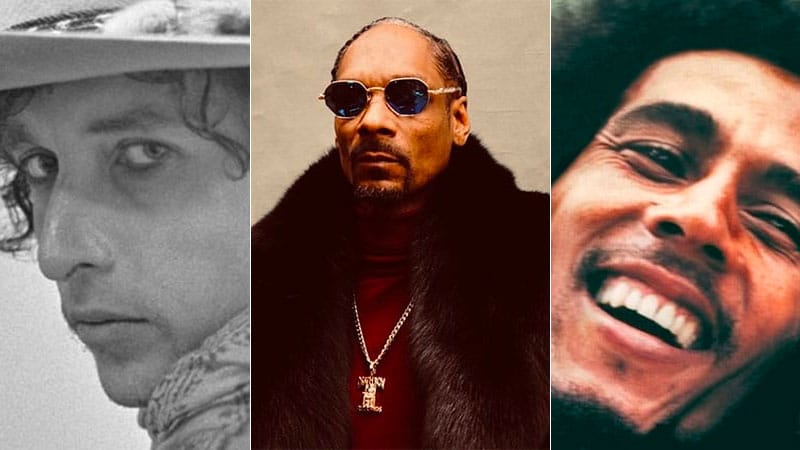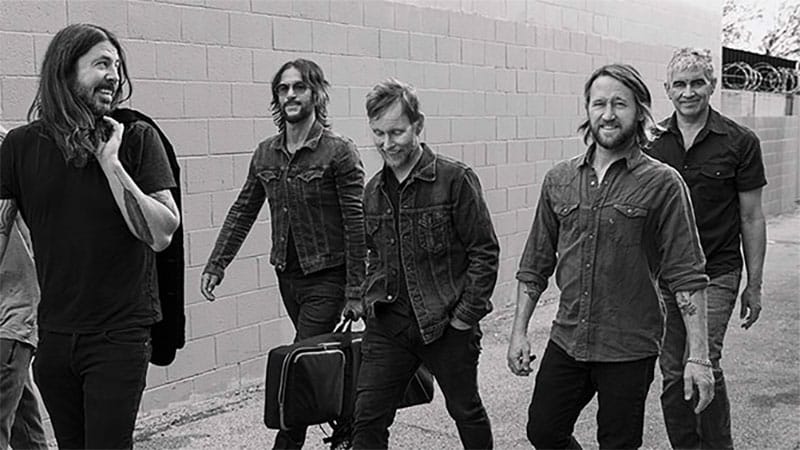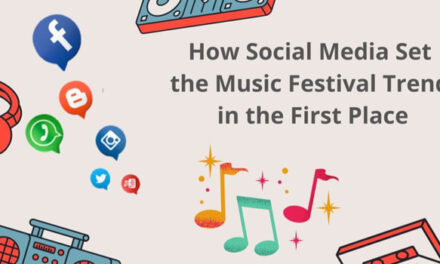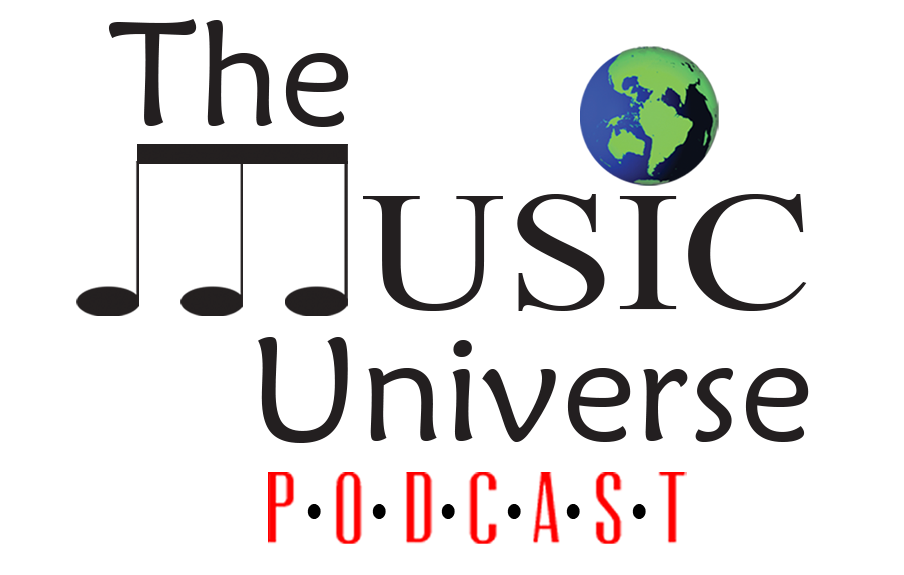It is well known that some people who listen to music use marijuana to elevate their experiences. It is also well known that many famous musicians throughout modern history have experimented with marijuana and that the substance has positively affected their creative music-making processes.
Let’s find out more about this interesting topic by looking at four facts about the history of music and marijuana.
1. Marijuana Became Popular Among Musicians During the Jazz Age
Many people associate marijuana with reggae music and hippy music of the 1960s, but the 20th-century story of music and marijuana began in the Jazz Age at the beginning of that century.
For example, Louis Armstrong was born in 1901 and he grew up in the red-light district of New Orleans. It was there that Armstrong, along with other jazz musicians of the era, started smoking marijuana recreationally in their youth. And many found that their musical creativity was enhanced by consuming the weed.
One interesting fact about Satchmo and marijuana is that he once spent nine days in jail in Los Angeles after sparking up a joint in a parking lot between sets at the Cotton Club in Culver City.
2. Marijuana Was a Key Part of The Swinging Sixties
While marijuana was used creatively and recreationally by jazz musicians from the 1920s and beyond, weed became more synonymous with music on a wide scale during the hippy movement of the 1960s.
Bob Dylan played a role in that. Arguably, it was when Dylan first offered The Beatles a joint, in 1964, that the counterculture of the time was kickstarted and weed became synonymous with creating and listening to music.
Apparently, Ringo Starr was the first to indulge. In The Beatles’ hotel suite in New York, Dylan passed Starr a marijuana joint. Not knowing the stoner etiquette of taking a drag or two before passing the joint around, Starr smoked the whole thing!
From thereon, marijuana became a huge part of The Beatles’ lives. Each member of the band smoked weed on a daily basis, and The Beatles went on to create not just the most innovative songs of their career but also some of the most creative music that has ever been written.
Thus, marijuana played a part in The Beatles securing their place as the greatest band of all time. And weed became a central part of 1960s music as more and more bands started experimenting with the substance and more fans began listening to the music while stoned.
3. Reggae Music May Not Have Existed if it Were Not for Marijuana
Reggae music did not find a mainstream international audience until the early 1970s, so outside of Jamaica and the Caribbean, few music lovers around the world knew before then just how much of a part marijuana played in Jamaican music.
Musicians in Jamaica were already using marijuana to help them create genres like Mento, Ska, and rocksteady in the 1950s and 1960s before reggae surfaced in the late 1960s.
But Bob Marley, Lee Perry, and other Jamaican pioneers of reggae soon discovered how slower music was the perfect partner of marijuana.
Rastafarians, who call the marijuana plant “ganja,” have long seen the substance as a sacred herb that can bring spiritual enlightenment and creativity.
During the 1970s and beyond, international audiences discovered the beauty of marrying reggae music with marijuana, either for creating music or listening to it.
4. Hip-Hop Is Often Entwined with Marijuana Culture
In the late 20th century, many famous hip-hop artists started including references to marijuana in their lyrics. Of course, they did so because they knew how beneficial marijuana could be for enhancing music-making and listening.
Artists like Cypress Hill, Snoop Dogg, Dr. Dre, and many more, have embraced marijuana as an integral part of their creative processes.
Different Forms of Marijuana to Try Today
In the modern age, those who want to try marijuana can consume the product in many forms. So, you do not have to be a smoker to enjoy the creative effects of marijuana. For instance, you could try delicious Delta 9 gummies, tasty cannabis cookies, or THC tinctures.
However, if you have not tried marijuana before, start with a low dose or try the less potent Delta-8 THC marijuana.
Marijuana, Music, and the Brain
According to research conducted by the University of Toronto’s professor of music and neurology Michael Thaut, both music and cannabis trigger the mesolimbic dopamine system, which releases mood-improving dopamine chemicals and can enhance creative productivity in the brain.
So, it makes sense that music and marijuana go well together. But scientists are just catching up. Many music lovers have known for decades that marijuana can enhance both music-making and listening.





